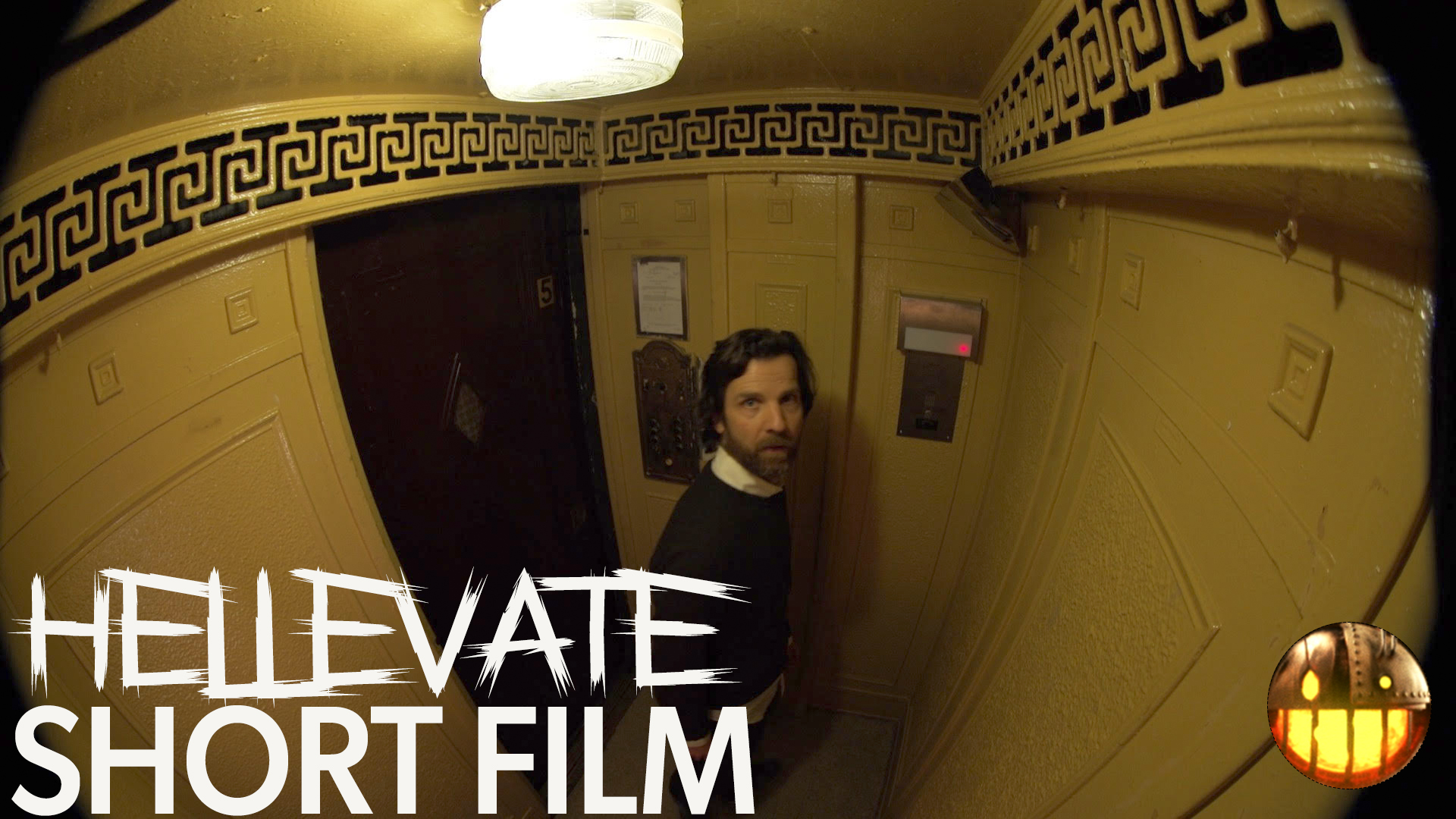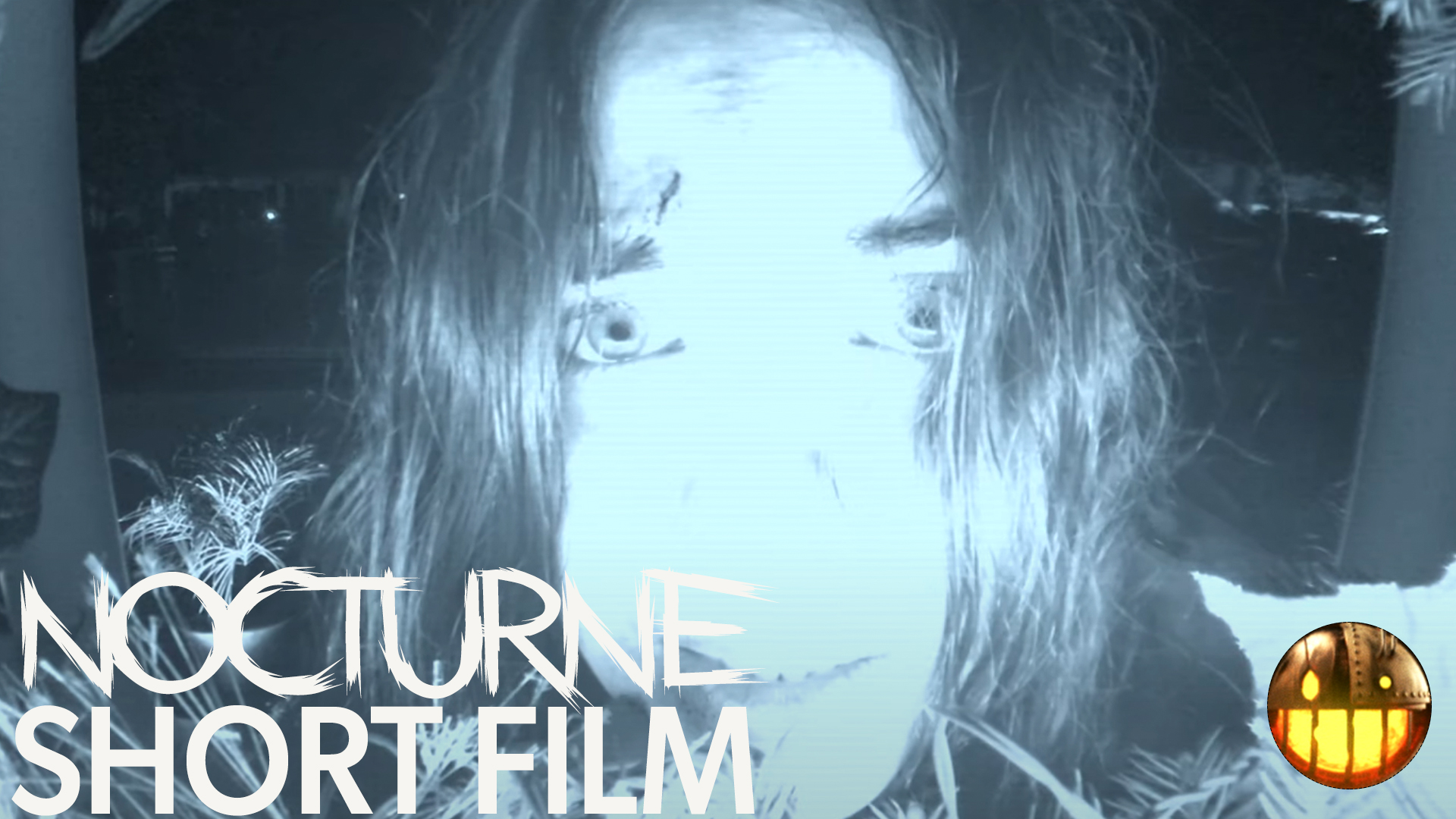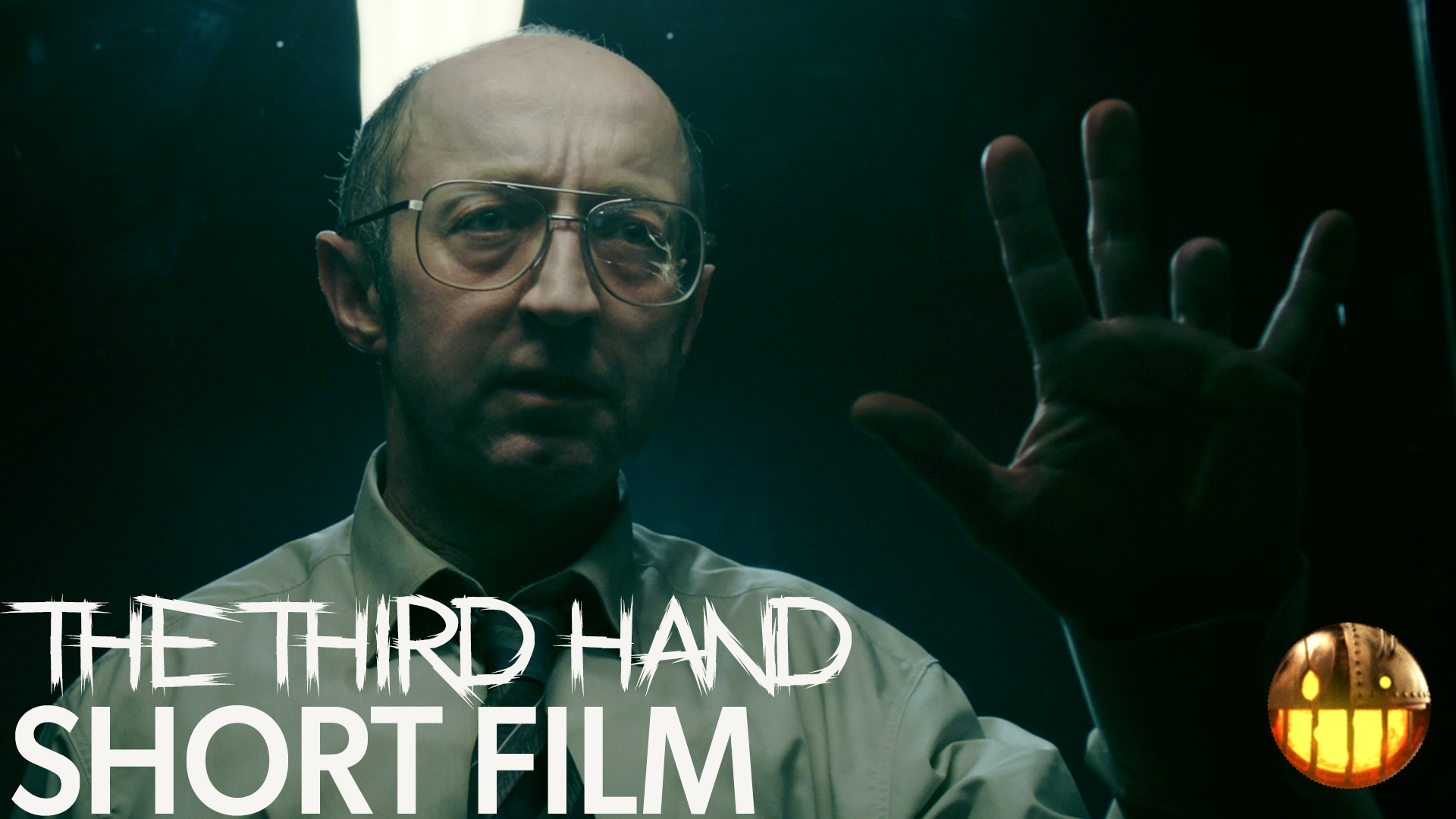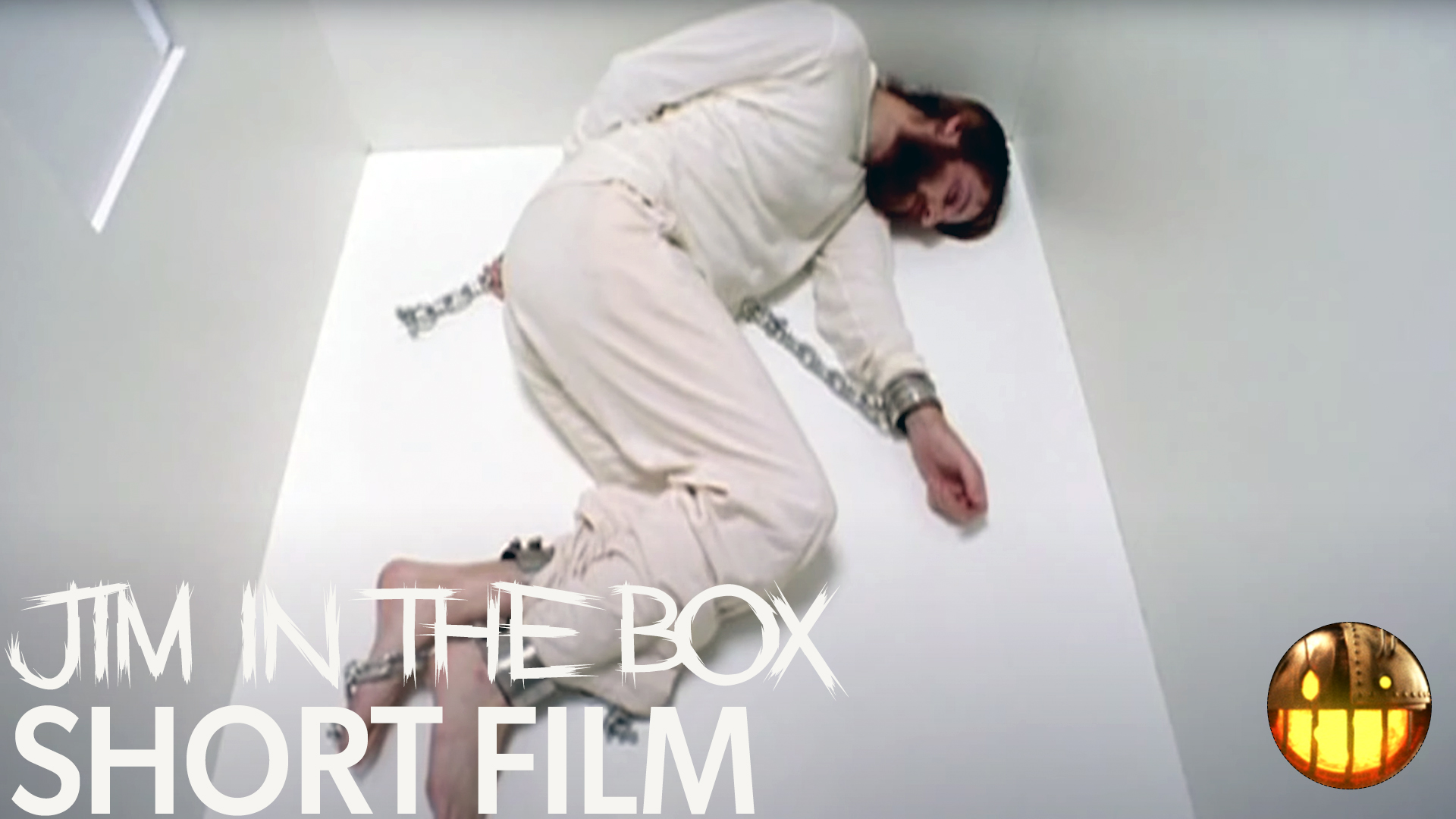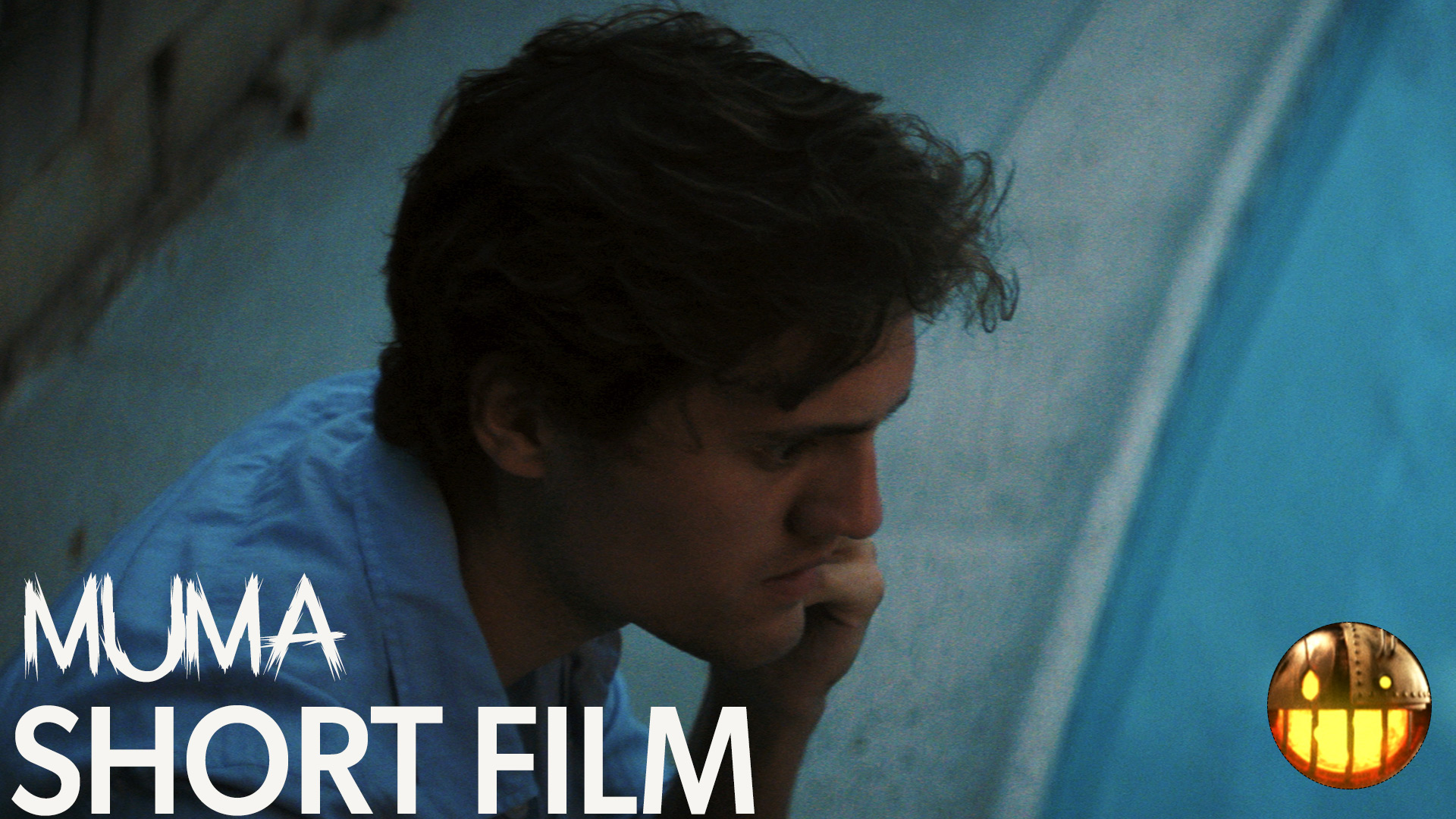Subscribe to Cranked Up Films on YouTube for new shorts every Friday!
Crank: When did you start making films?
Chad Thurman: Like all great directors, my film background began with making Jackass and Harold and Kumar parodies back in high school. Real highbrow stuff. The films were bad, but the production quality was competent, and it was here where I caught the filmmaking bug. A few years after college, I moved to Chicago to take comedy-writing classes at The Second City and have been filming ever since.
Neal O’Bryan: I started making films when I was in grade school. I would grab some friends and shoot whatever I could come up with at the time. It didn’t really matter what the subject matter was, I just liked to shoot. I was heavily influenced by horror at a young age so I was making spoofs of The Blair Witch Project and Evil Dead. They were all terrible videos shot on MiniDV with no editing, so every shot lasted way too long or would end with the camera facing the ground. I found a new purpose with the camera when MTV released the first episode of Jackass. It was around this time that I figured out how to edit on a computer so I added music, transitions and over the top effects to the footage. I graduated from Columbia College in Chicago in 2014 and shot my first “real” short film.
Where did you get the idea for TOE?
Chad: TOE is an adaptation of the folktale, “The Big Toe,” which was popularized by the book series, Scary Stories To Tell In The Dark. Those books used to terrify me as a kid. There was nothing else like it in our grade school library, so it always had this “cursed book” aura whenever I’d come across it. One day, while brainstorming ideas for a short film, Neal and I were flipping through Scary Stories and landed on “The Big Toe.” We thought, why not make an adaptation of that? It’s a wonderfully macabre story that we could build an interesting, gothic world around. Also, if we used puppets then we could balance filming with our 9-5 jobs.
Neal: I remember looking at the illustration for the Big Toe and thinking this could be really interesting if it were animated in stop motion. Having no animation background, Chad and I had to teach ourselves the process by reading books and watching YouTube videos.
Have you two worked together before making TOE? What was it like working on TOE together?
Chad: It’s funny you ask. I’ve known Neal almost my entire life and we’ve been making short films and sketches together since high school. Neal has all the makings of a great collaborator; he’s incredibly creative, talented and fun to be around. TOE was no exception. It was an amazing experience. Our projects get progressively more ambitious, and I’m grateful that I get to tackle each one with someone who shares that same drive and ambition.
Neal: We go way back. It wasn’t until we were both living in Chicago, five or six years ago, that we decided to pursue making sketch comedy videos. We had a lot of fun making these outrageous shorts and we took it pretty seriously. We tried to make the videos look high quality so we invested in nice lighting equipment and I improved my editing and cinematography skills along the way. We have very similar tastes so we have a solid working relationship. We can bounce ideas back and forth until we land on the best take. Making TOE was a different challenge than the comedy sketches. We were more out of our comfort zone, but we were committed to the project and naturally split up duties to see that film was completed.
How long did it take to make TOE, from start to finish? What is unique about your filmmaking process?
Chad: From start to finish, TOE took two years to complete—eighteen months of which was spent filming. We definitely had a unique process too. TOE was our first real attempt at stop motion, so we pretty much learned everything as we went. We watched stop motion tutorials on YouTube, built the sets from scratch, and filmed everything on our dining room table. Neal does all the editing, but apart from that we both do a little bit of everything, which helped prevent burnout. We both have 9-5 jobs, so the majority of our free time was spent working on the film.
Neal: It was tough working a full day and then coming home and meticulously shooting puppets for 4-5 hours. On our worst day we shot a scene for eleven straight hours and finished with four seconds of usable footage. All the negatives aside, I loved making TOE. Stop motion requires a lot of patience and creativity and I found the process to be extremely fulfilling.
Chad: If nothing else, I hope TOE shows that you don’t have to be a full time filmmaker to make a movie. You just need to find the right circumstances.
Why did you choose to make your film using puppets?
Chad: On one hand, we thought puppets would be an appropriate way to bring this story to life. The Scary Stories books have a truly unsettling look and feel that lends itself to animation—especially stop motion. Stop motion is an inherently creepy art form. Even the most realistic looking puppets have an uncanny valley vibe and slightly off kilter movements. So with that in mind, we felt that stop motion would do the world that Stephen Gammell (Scary Stories illustrator) created justice. And on the other hand, I’m a huge fan of stop motion and practical effects.
Neal: I have always been a big fan of practical effects. Most of the movies I gravitate towards pre-date the era of CG. I am enchanted with the look of Willis O’Brien’s King Kong creature, Rob Bottin’s incredibly disgusting effects on The Thing, the animatronic T-Rex from Jurassic Park and Jim Henson’s The Dark Crystal puppets. I was so excited to learn stop motion because it is the definition of movie magic. We got the opportunity to craft a world out of our bare hands and watch an inanimate puppet come to life. We were very fortunate to work with special FX wizard, Demi Kay Schlehofer, who designed our puppets. She is incredibly talented and we were blown away with her contributions to the project.
Can you talk about how this process differs from live action filmmaking?
Neal: The process of stop motion differs from live action in many ways. The great thing about stop motion is that you are in complete control of your production. We controlled the lights, the characters, the hours we wanted to work… With that said, the worst part about stop motion is you are in complete control of your production. Once we started shooting, Chad and I were responsible for everything to see that this project was completed. It was a lot of tedious work and I would be lying if I didn’t daydream about how much easier it would be for an actor to blink a few times and take a bite out of a toe. The simplest of movements for the puppet can take hours to get right.
Chad: Filming with puppets comes with a unique set of challenges. It’s an extremely painstaking and slow process that requires a lot of patience. With stop motion, you move your puppet slightly, then take picture, move it slightly again, take another picture, and so on. Some days we would film for eight to ten hours and come away with only five seconds of footage. TOE took eighteen months to film and it consumed about 10,000 pictures. It’s a tactile process, but its incredibly rewarding. I love it.
Neal: In the end, stop motion was the way to go. I don’t think this story would have worked as well had it been live action.
Since your film is mostly told through visuals and sound, can you tell us how you built the tone and tension with music and sound effects rather than dialogue?
Chad: Definitely! Most of that credit goes to film composer, Flora Cheng. She created this creepy, overwrought score for TOE. Her music had a haunting and naturalistic feel that, to me, insinuated the demon’s omnipresence in the world. Our apartment was also a gold mine for sound effects. The floors creak, the radiator hisses, our roommate snores and there’s an old toilet that gurgles and honks anytime its flushed. It’s more like a haunted barn than an apartment. About 90% of the film’s sound effects were recorded there.
Neal: The sound design was very important to us. We knew the tension was going to be heavily influenced by the sounds and music. I was really inspired by the sound design of Eraserhead, The Shining and The Texas Chainsaw Massacre. The cues were subtle yet highly effective. They didn’t distract the audience but rather heightened the fear and dread, which is exactly what we hoped for with TOE. We knew the sounds should feel like they existed in the world so our composer, Flora Cheng incorporated tree branches creaking and lots of mysterious plucks and percussion. I was very pleased with the end result.
Who else did you collaborate with on TOE?
Chad: There were only seven people involved with TOE, but everyone was so passionate about the project that it felt like we were working with an entire studio. In addition to our composer, Flora Cheng, Demi Kay designed and fabricated the puppets and did an absolutely amazing job. Truc Nguyen helped develop and build the world of TOE. Voice actor, Cassie Carey, did a wonderful job doing the voices and various sounds, and artist Jonathan LaMantia hand-drew our killer poster. TOE came together in an interesting way. It started off as just Neal, Demi, Truc and me. Neal and I made a Twitter and Instagram account for the project and started posting stills and behind-the-scenes shots. Over time, we developed a modest following and eventually Flora Cheng reached out and asked if she could do the score for the film. Then Cassie Carey reached out and asked if she can do the voices. We didn’t personally know Jonathan, but we were admiring each other’s work on Instagram for a while, so we eventually reached out and asked if he’d like to design the poster. It’s amazing to me how everything just came together like that.
What advice would you give to aspiring filmmakers?
Neal: My advice to aspiring filmmakers is to just go out and shoot a movie. It doesn’t matter if you have any experience or not. If you have an idea, make it happen. You will make tons of mistakes but that is what filmmaking is; problem solving. You can go to film school, read Save the Cat and watch every Oscar nomination, but going out and actually shooting a movie is what will teach you to be a better filmmaker.
Chad: I have so much advice I can share with aspiring filmmakers, but one recommendation I have is to create a social media account for your project. Post photos of your sets and or props, share your filmmaking hacks and engage with likeminded people. Overtime, you’ll likely build a following and eventually have people reaching out to collaborate. As the cliché goes, build it and they will come!
Subscribe to Cranked Up Films on YouTube for new shorts every Friday!
About the Filmmakers
Chad Thurman and Neal O’Bryan started their production company, Workshed Animation in 2019, during which they won awards for their stop motion animation short film, TOE. They are developing a stop motion animated feature film that will begin production in the summer. Neal O’Bryan is a graduate of the film program at Columbia College Chicago. He is a full-time photographer. Chad is a Features contributor for The Onion and a writer and editor for Blaffo Books. You can follow their work on Instagram @workshedanimation or Twitter @workshedanimate.
